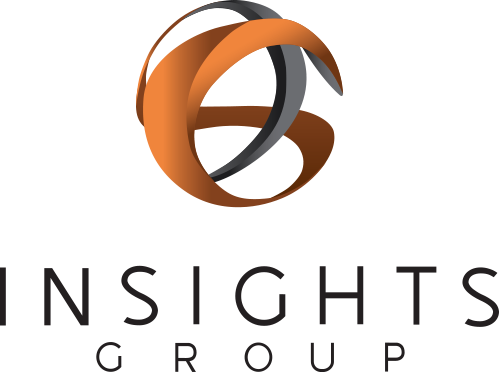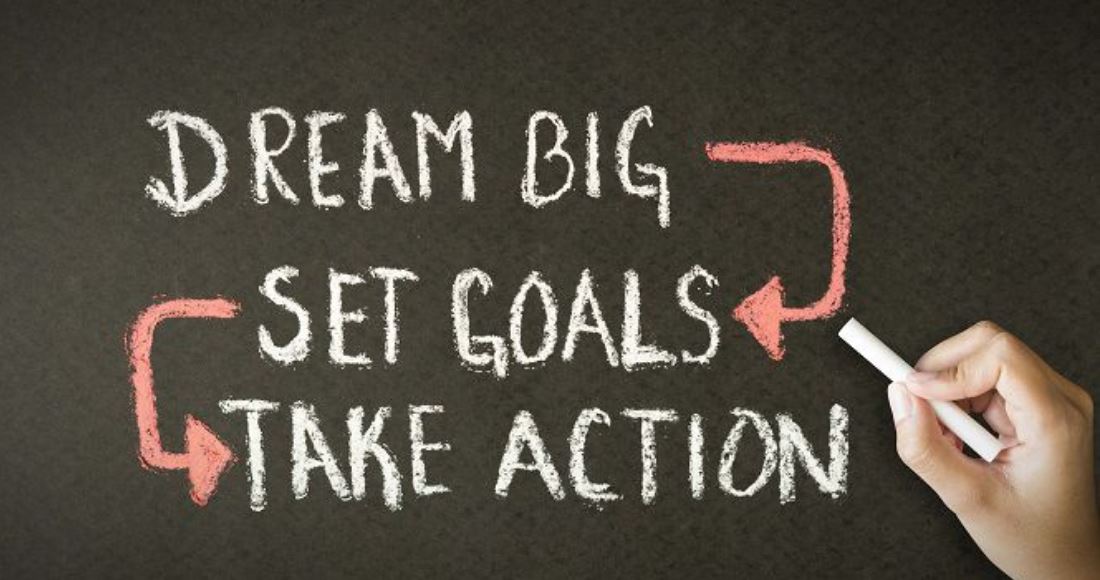You’ve decided to work with an executive coach to help with your career goals or professional development. Now what? The platform of executive coaching is created from your goals and establishing these goals is the first step towards your success.
Executive coaching will often start with the creation of a three-tier plan. The first tier focuses on the question, “Where do you want to be?” The answer to this question creates your top-tier vision, the overall accomplishment you want to achieve, which coaching will facilitate. Once your vision is clearly defined, an executive coach will help you establish your goals towards that vision. The goals on tier two break down the vision into manageable pieces. As you focus on one or more goals at a time, you are moving forward towards the accomplishment of your vision. To move forward, however, you need more than the “what” defined by your goals; you also need a “how”; tier three addresses this. Each goal is analyzed to determine action steps to achieve the goal. You work through your action steps to accomplish each goal which will result in the attainment of your vision.
Goals must meet certain criteria to be successful:
• Your goals should be articulated in specific terms to help with the action steps.
• They should also be measurable to provide evidence of your progress or to reevaluate if the action steps aren’t working.
• Goals should be realistic regarding time frame and resources.
• Finally, successful goals are relevant in terms of your values and vision, and they should be based upon a timeline to encourage prioritization and to keep you motivated.
As part of goal setting, the executive coach may also assess your strengths and how these can be utilized in the action steps. The strength analysis will also help define how these characteristics and skills can help with any challenges hindering goal attainment.
There are different ways in which individuals set goals in executive coaching. Very often after a quarterly or annual performance review, an executive becomes aware of areas for development and the coaching goals are based on what the executive wants to work on towards self-improvement. In addition, an executive might already have an awareness of their professional vision for themselves or their organizations, and the goals can be structured from that vision.
Goals can also be established together with your coach. Information from the executive’s role, professional feedback or structured assessments can help you and your coach determine the challenges which resulted in the data. Goal setting is then focused on how to improve those areas directly connected to your vision.
Finally, goal setting could be company-directed. An organization might hire a coach to work with an executive. This might come after a poor review or as part of a performance improvement plan. In this scenario, the goals will likely be based on the organization’s vision versus the executive’s vision. The organization will then use the goals to ascertain the executive’s progress.
When you work with an executive coach, your experience is not going to be like past training or continuing education opportunities. Executive coaching is individualized. It is your time to focus on you and where you want to be. Articulating your ideal vision in coaching is an appropriate approach, not just a pipedream.

